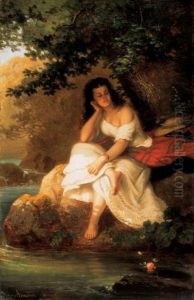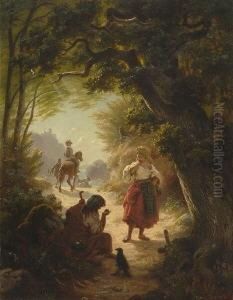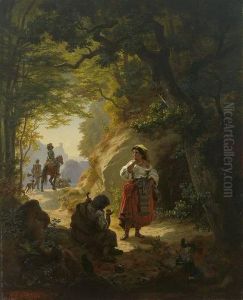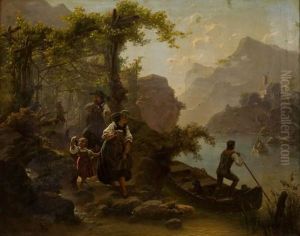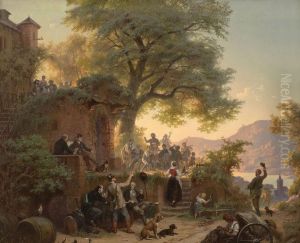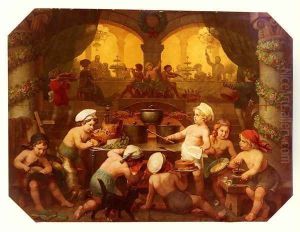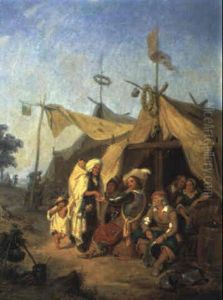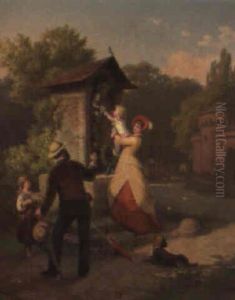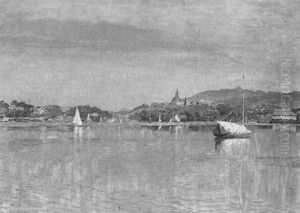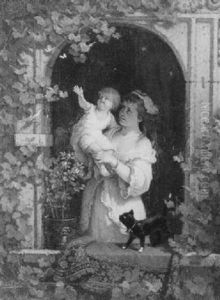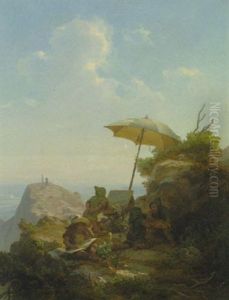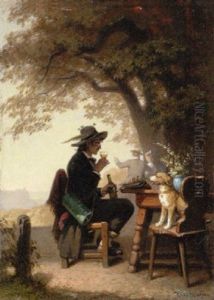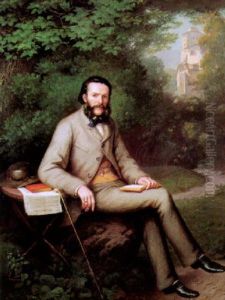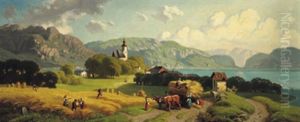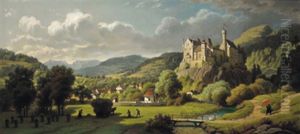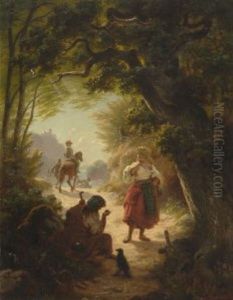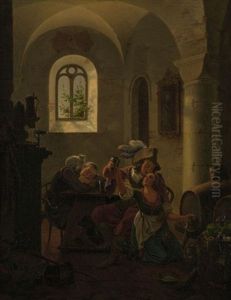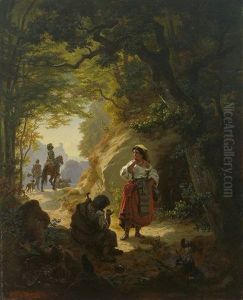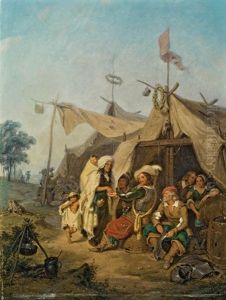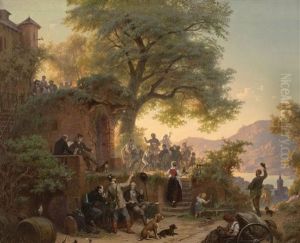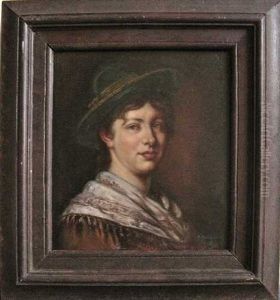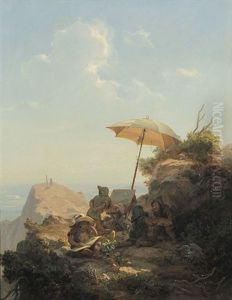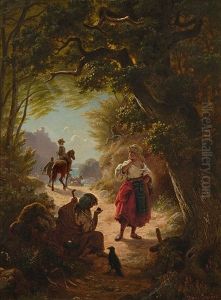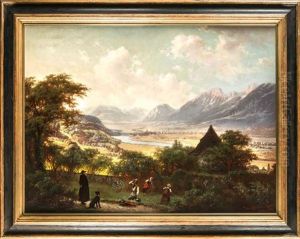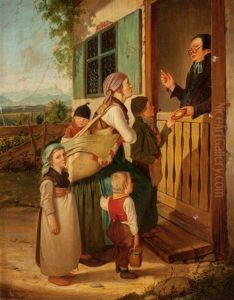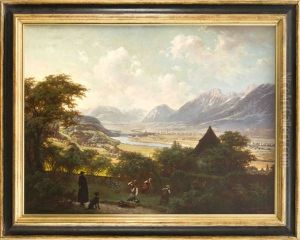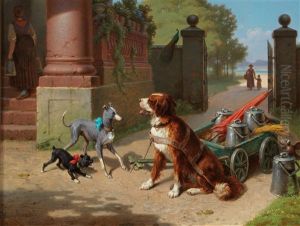Hans Brunner Paintings
Hans Brunner was a Swiss sculptor known for his works in the late 19th and early 20th centuries. Born on December 26, 1848, in Zurich, Switzerland, Brunner showed an early interest in the arts. He pursued his passion by studying at the Zurich School of Arts and Crafts where he honed his skills in sculpture.
After completing his studies, Brunner further developed his craft by traveling to Munich, Germany, which was a center for art and culture at the time. In Munich, he was influenced by the prevailing styles and techniques of European sculpture. His work was characterized by a blend of realism and idealism, often focusing on historical and mythological themes.
Brunner returned to Switzerland and established himself in Zurich, where he became a prominent figure in the local art scene. He produced a variety of works, including public monuments, busts, and statues. Among his notable works was the Zähringer Lion Monument in Berne, which was completed in 1884 and commemorates the founder of the city, Berchtold V, Duke of Zähringen.
Throughout his career, Hans Brunner received several commissions for public sculptures, which were well-received and enhanced his reputation. His style evolved over the years, but he remained committed to a classical approach, emphasizing form and detail in his work.
Brunner's influence extended to teaching, where he mentored a new generation of Swiss artists, passing on his skills and knowledge. His legacy in Swiss sculpture is marked by his contribution to the development of the art form in the country and the impact he had on his students.
Hans Brunner passed away on November 24, 1917, in Zurich. His work continues to be appreciated for its craftsmanship and historical significance, with many of his sculptures still on display in public spaces in Switzerland.
